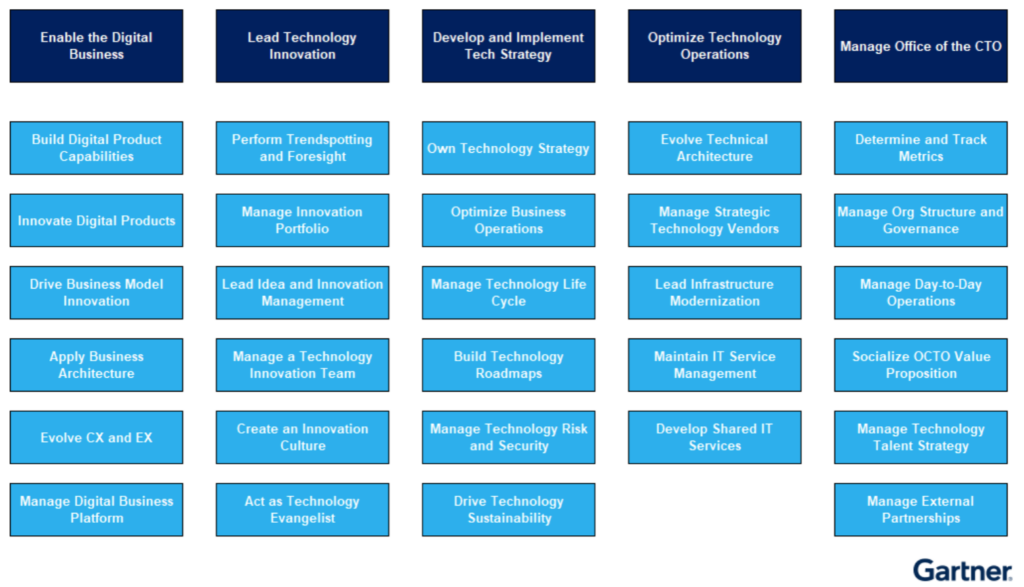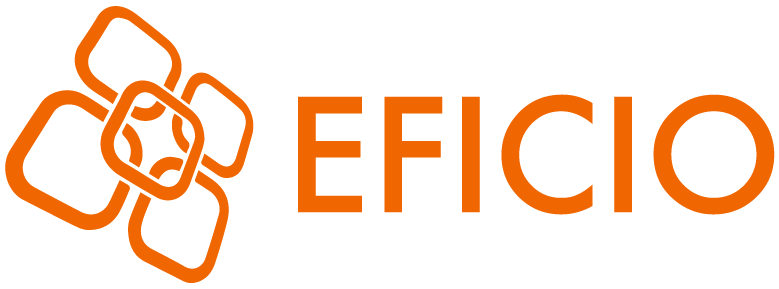
FIVE PRIORITIES FOR A CIO’S FIRST 100 DAYS
The acceleration of digital transformations in organizations makes it imperative that the first 100 days of a CIO (Chief Information Officer, or VP of Information Technology) be effective and impactful. The first 100 days of a CIO act as a “honeymoon” or a transition period that needs to be well utilized. It’s about the CIO building credibility and establishing trust.
To succeed in the first 100 days, CIOs must develop a comprehensive transition program. The main priorities we see are organized around these five elements:
1) Fully understand the company culture and integrate oneself into it.
- « Meet and Greet » : Building a relationship with your team should be addressed very quickly. Schedule a meeting for all members of your direct team. This meeting has two objectives: (1) To introduce yourself; and (2) To show that you are accessible and available. Offer no opinions of any kind. Explain that you are in information-gathering mode.
- Another priority for a new CIO is to establish strong relationships with members of the executive committee. CIOs should begin building these relationships from the earliest days;
- Tap into your immediate circle for an initial perspective on your role, your team, and the company culture;
- Use your sphere of influence to understand organizational dynamics: identify key influencers and relationships;
- Expand your network beyond the immediate circle of influence to get a broader picture (internal/external clients, staff, CIO circle of Eficio);
- Optimize the time spent with your manager. Take the time to:
- Define your role and leadership objectives;
- Request contextual documents and strategy papers;
- Seek feedback from your executive peers on the IT team;
- Identify cultural nuances;
- Understand the stance of your predecessor.
- Formez un réseau social interne solide.
2) Master your operational tasks. Sometimes urgent operational tasks need to be performed, or risks need to be addressed quickly. Even though it’s essential to stay above the fray and keep strategic issues in mind, your ability to operationalize tasks will be noticed by your executive peers, and this will contribute to building credibility:
- Understand current urgencies and operational priorities;
- Turn operational challenges into opportunities;
- Listen, decide, and act to build short-term credibility;
- Ensure you take time for self-reflection and long-term planning.
- Be wary of operational pitfalls.
3) Create a long-term action plan (CIO 360)
- Using a framework such as the « CIO 360 IT Audit » from Eficio, conduct a thorough analysis of the current maturity and criticality of IT practices;
- Draft a list of recommendations, group them into IT initiatives, and prioritize them with key stakeholders. Clearly identify “Quick wins” and defensive initiatives (“Go to Jail”);
- Adapt/Create your first IT budget: understand financial capabilities and involve your CFO;
- Produce a master plan over a 2 to 3-year window;
- Gain approval from key stakeholders by leveraging the relationships you developed in your early days.
4) Start « Quick Wins » initiatives
- Implement high-value projects that are quick to deploy to create momentum and credibility.
5) Communications : Stay in regular contact with your key stakeholders:
- Establish executive management indicators (KPIs) for IT practices and ongoing projects and communicate them;
- If faced with major IT initiatives to deliver, consider setting up a PMO (Project Management Office) if one isn’t already in place.
- Establish steering committees for major projects;
- Continuously take a step back, reflect, and adjust your plan to create momentum.
In conclusion, the following diagram (reference from Gartner Group) presents a map of functional activities for a CIO/CTO. These 29 functions are grouped under five objectives indicated in dark blue. This functional activity map can be used as an overview of all activities for which a CIO/CTO is likely to be responsible. It can serve as a good model to prioritize and structure your objectives and the associated management indicators (KPIs).

The CIOs from Eficio can be excellent coaches for your first 100 days … Contact us.
Subscribe to the Eficio newsletter and be the first to receive our updates!

